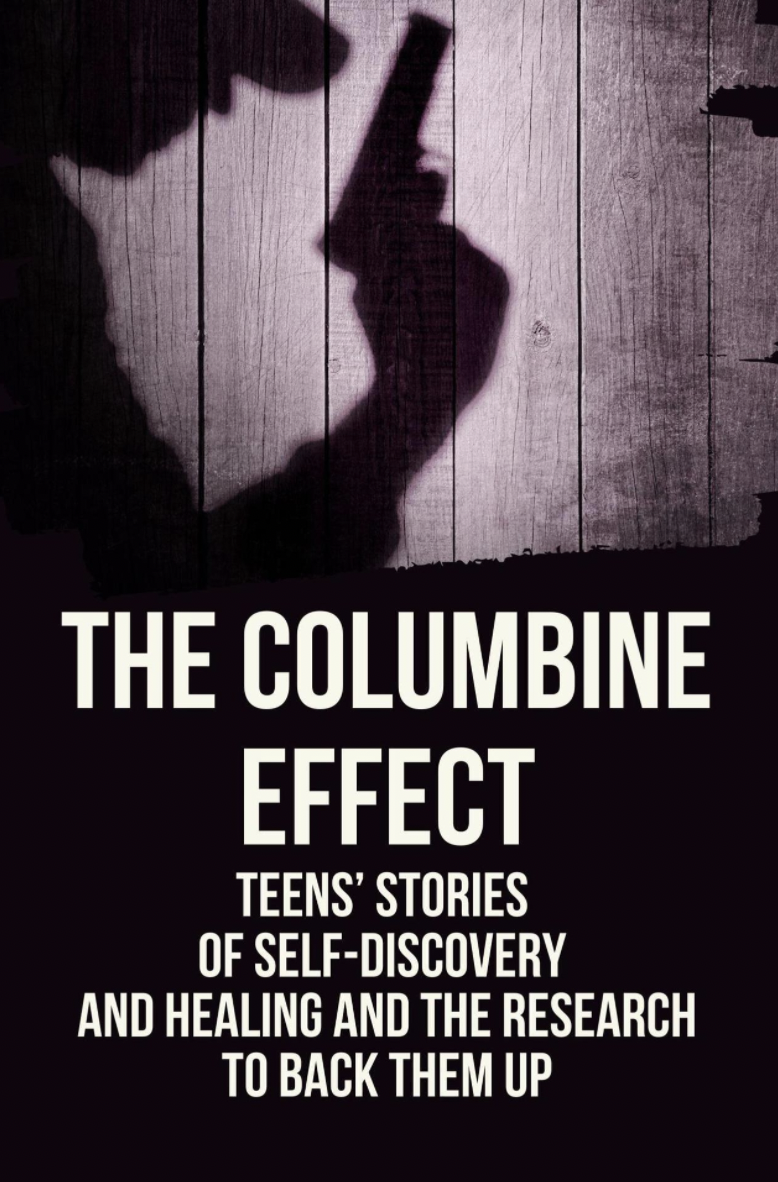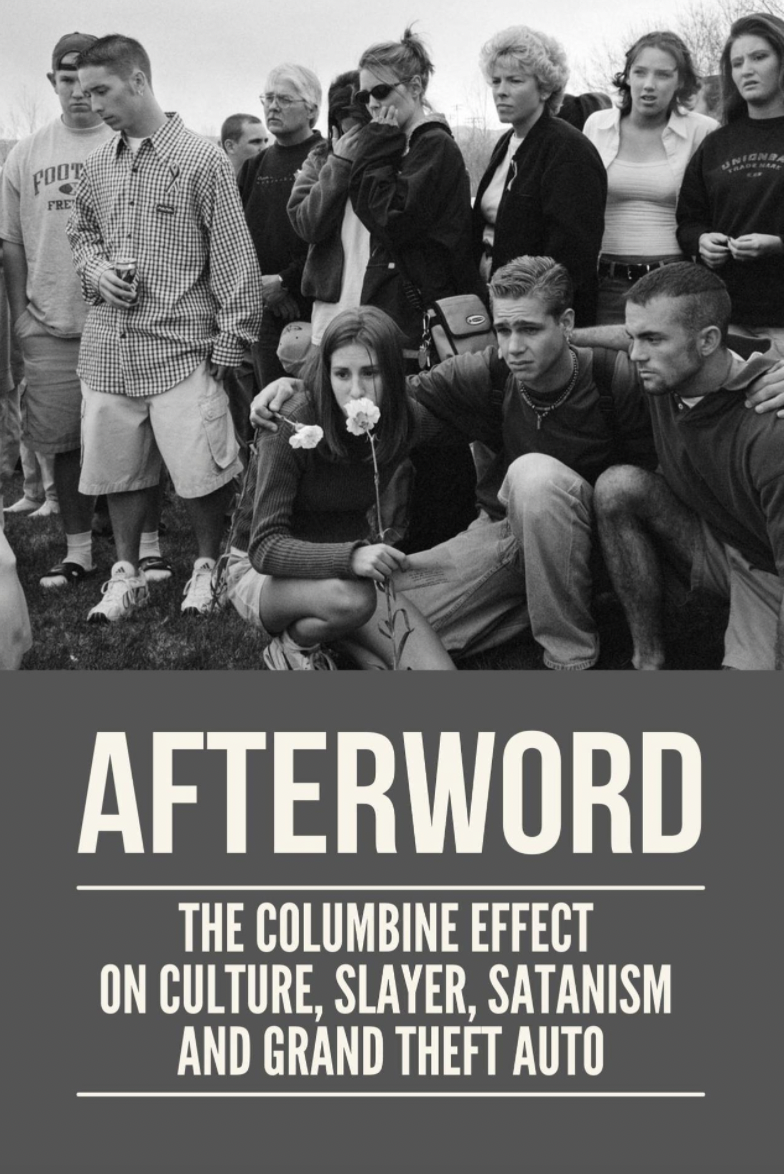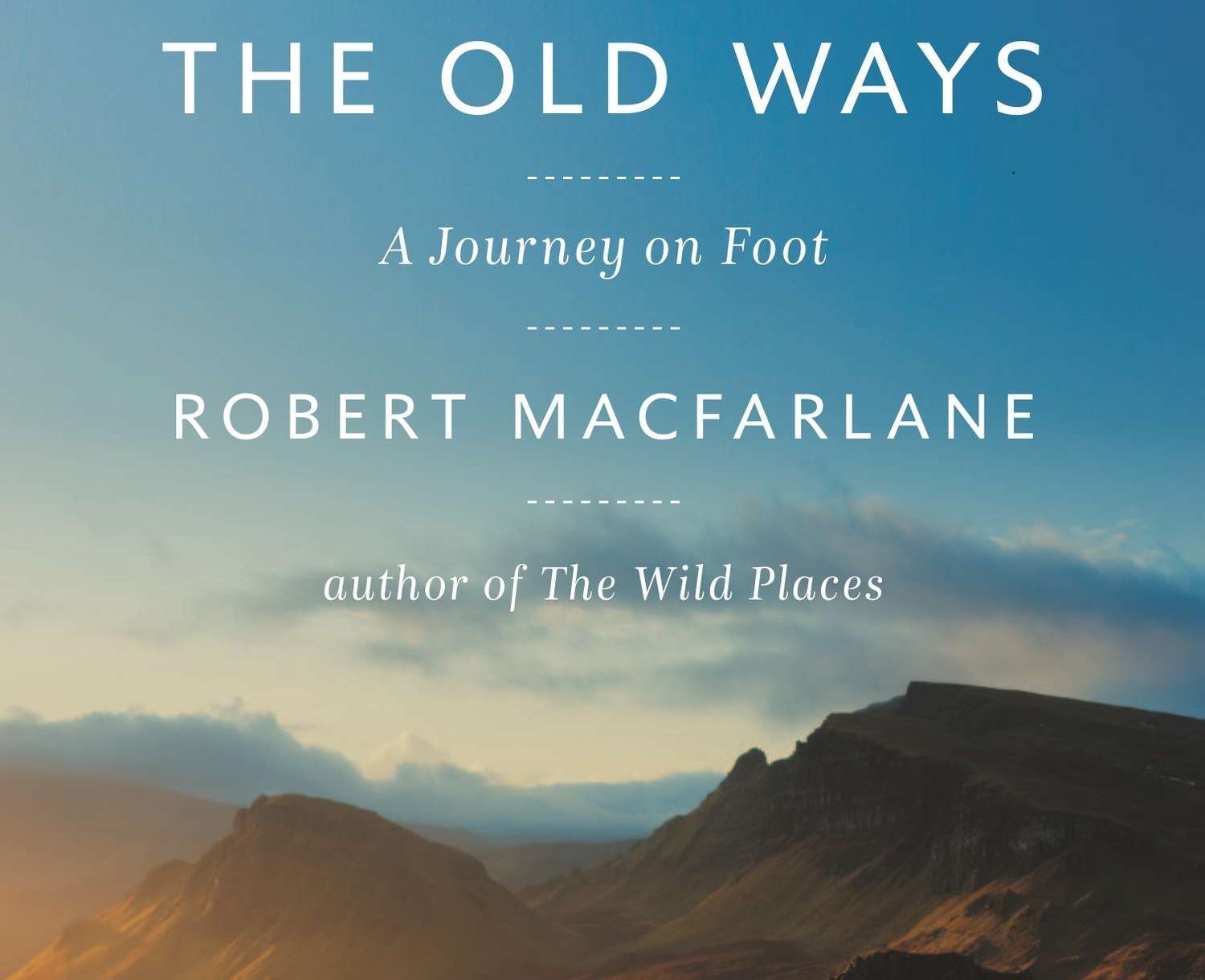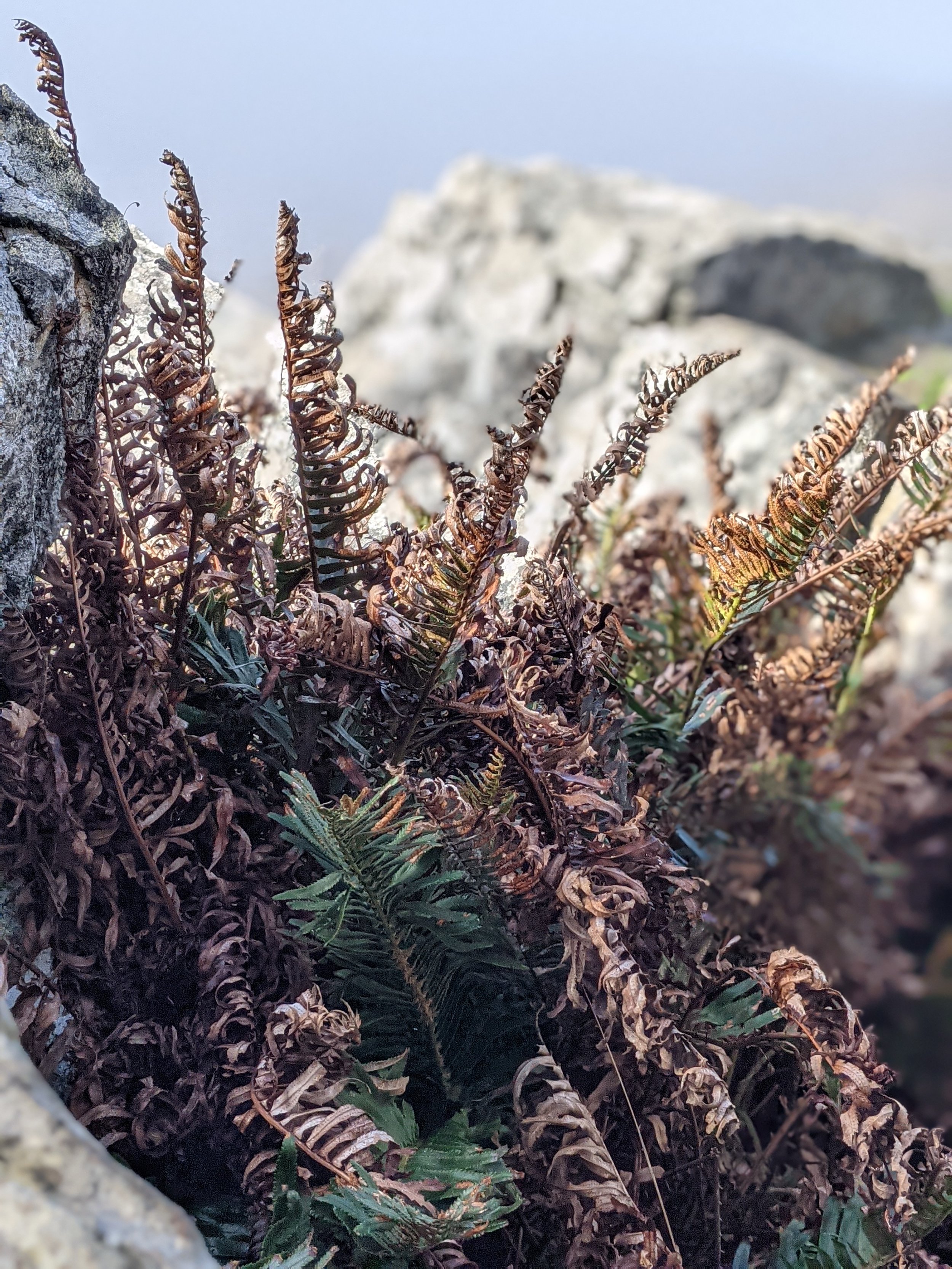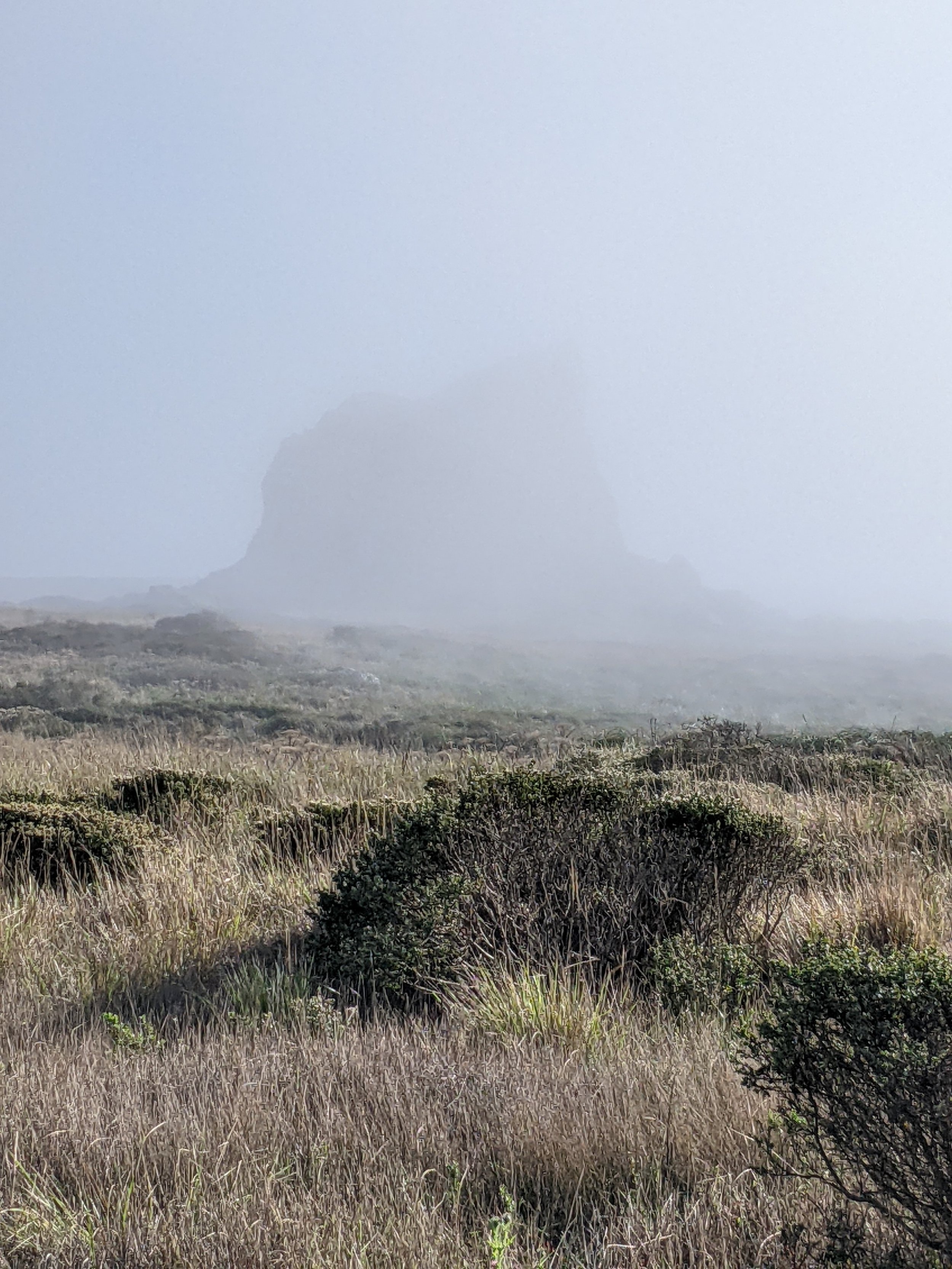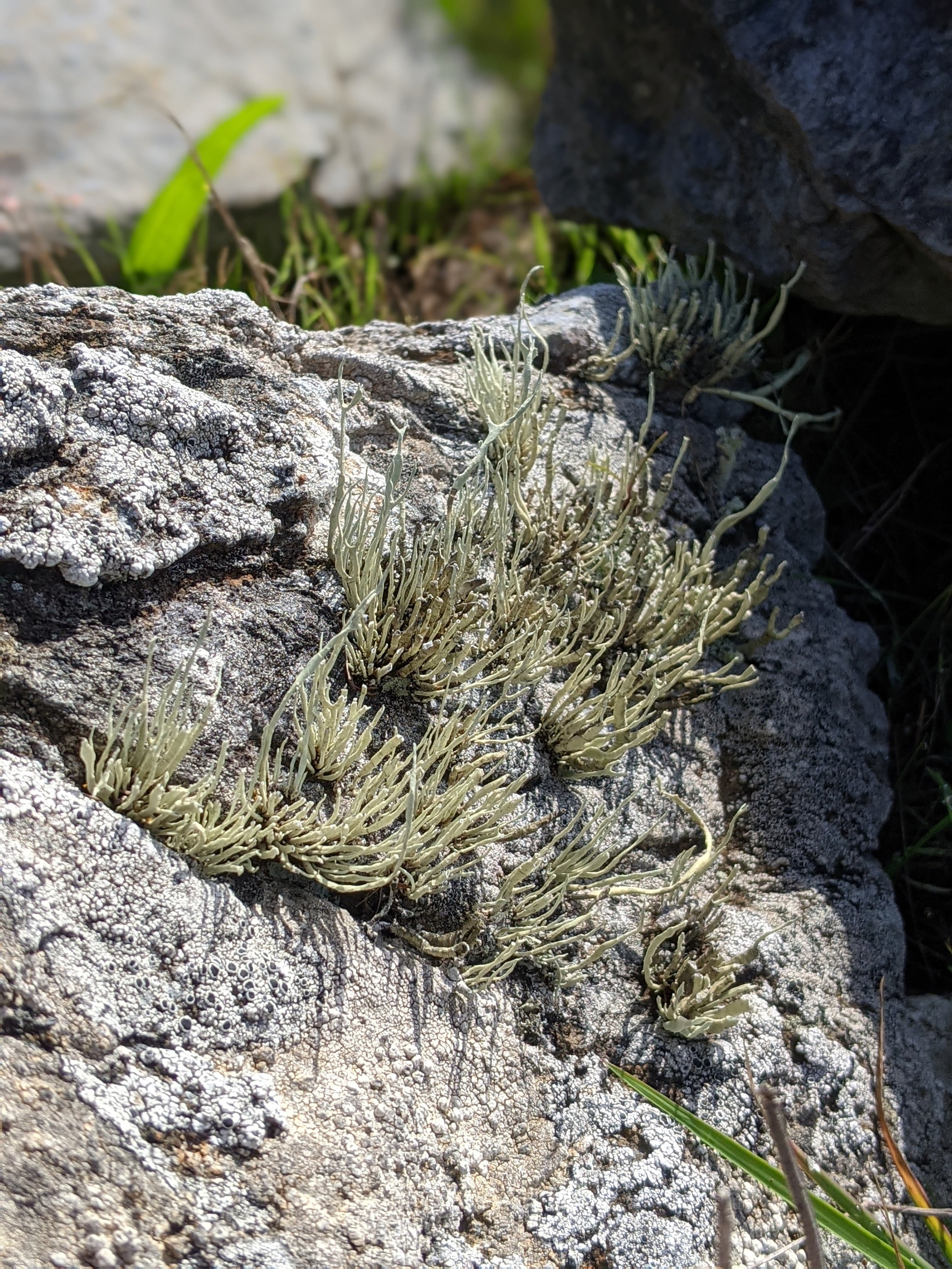The "Noodle Girls" San Francisco's Most Startling Development of Criminal Misses.
HOME-MADE SPAGHETTI AND LARCENY.
Like the Girl Whose Golden Hair Hung Down Her Back They Don't Take the Stove Unless There's One to Take.
San Francisco Examiner, Dec. 30, 1894
San Francisco is not prolific in the girl whose "golden hair is hanging down her back." That is, the criminal records of the city show few young misses who are given to theft. The "Noodle Girls " who have caused such a stir in police circles within the past week seem unique in their methods and their persistency.
"I recall few girls who were at all notable as crooks," said Captain Lees, who carries a large part of the city's criminal history in his picturesque hand. "That is a line of crime in which we have not been prolific. Probably it is because San Francisco knows comparatively nothing of the extreme depths of poverty and degradation.
"The other night two of the officers arrested a young Oakland girl who had been soliciting subscriptions under the pretense that she was collecting for the Flower Mission. She was only fifteen years old, and was crying as if her heart would break. She had actually obtained no money, so I let her go with a lecture and a warning. Her story seemed straightforward, and she was emphatic in saying that it was her first offense.
"Occasionally we run across such cases, but persistent depravity in our young girls is rare. When we do find a case the methods are generally so crude that we have little trouble in apprehending the offenders before they have gone far on the rough road of crime. There are also occasional reports of girls who answer advertisements, obtain situations and then decamp with the property of their employers. But even those cases are not alarmingly prevalent.
"Those 'noodle girls,' however, are unique. They are far above the ordinary criminal in intelligence, and though we are morally certain they have stolen much valuable jewelry in addition to their work of obtaining money under false pretenses, we have been unable to trace that jewelry to places where they disposed of it.
"Their names are Victoria and Olga Bock, and their ages respectively sixteen and fifteen. Their mother seems an honest woman who prepares noodles and sends the girls out to certain customers to dispose of them. The girls in some cases merely make the delivery of packages the pretext for collecting money not due them; but in others they seem to use the merchanting of the noodles as a means for gaining access to houses in which thefts are discovered soon after their departure.
"Their simpler method is illustrated by the experience of Sergeant Colby of this office. Next door to his home resides a family named Arnold, with whom his people are very friendly. The two girls ascertained that no one was at home in the Arnold house. Then they want to Colby's and told Mrs. Colby that Mrs. Arnold had ordered a box of noodles; that she was not home and that they were in immediate need of the 50 cents which Mrs. Arnold was to pay them. Of course, Mrs. Colby paid the money, sympathized with the pitiful tale they told, and then ascertained when Mrs. Arnold returned that no noodles had been ordered and that Mrs. Arnold knew nothing of the girls.
"Complaints have been coming in for a long time of this petty crime. The girls must have worked the city thoroughly by leaving packages of noodles said to have been sent by members of the family with a request that money be collected on them. In several Instances that we know of they secured as much as $3 from people who knew nothing of noodles and didn't want them. To their mother they would return the usual small price of the box of noodles and keep the balance.
"More serious than all this, however, are the thoughts we feel sure the girls committed, but which cannot as yet be proved against them. From all over the town and from adjoining towns and cities complaints have come in regarding jewelry and valuables that vanished after their visits. In one case two solitaire diamond earrings, a diamond ring and a gold watch were taken. Now, that is a decided case of grand larceny, but we have not been able to perfect the proofs against the girls.
"They do not look like criminals, nor do they have the appearance of belonging to that class colloquially termed 'chippies.' They seem fresh and innocent, and so elicit a great deal of sympathy from the men and women who are engaged in reform work about the prisons. In fact, I think that if it were not for this mistaken sympathy the girls would have confessed and told us where we could recover a great deal of valuable property.
"But as I said, the case of those girls is unique, because there is so little criminality among the younger women of San Francisco. Detective Anthony here may be able to tell of other cases which might have slipped my memory, as he is specially detailed on that branch of our work."
Detective Anthony produced his record book and began to furbish up his recollection.
"Since 1881 I have arrested 287 girls who were under age," he said. "Still, very few of them were what you would call criminals. Nearly all were girls who had run away from home and were taken into custody because they tended toward a life of immorality. Of these many have reformed, married and become proper members of the community.
“Among the comparatively few girls arrested for theft or swindling the 'noodle girls' stand out alone. Apart from their offenses there have been a few–a very few–recognized kleptomaniacs, and the others have nearly all been girls who obtained situations and stole from their employers.
“As for the girl kleptomaniacs I find that they generally outgrow the mania. One girl I remember who on no less than sixteen occasions stole everything she could lay her hands on in her mother's house and went out to sell her plunder. Once she took off her shoe and broke a shop-window on Polk street near Sacramento, in order to steal the contents of the window. Who has now entirely recovered from her mania and seems to be an industrious, modest young woman.
“Here was the case of Adelaide Griggs, sixteen years old, who was a light-fingered miss. She once stole $175 from the pockets of an intoxicated man with whom she had picked up a street acquaintance. She was morally depraved and not bright enough to be specially dangerous.
"Here is a girl who began to steal when she was hardly more than an infant. Time and again she broke open her father's trunks and took everything she could lay her hands on. Now she is married and seems to have no further desire to steal or be anything but a good wife and mother.
"Among the young girls who secure situations and then rob their employers are Maria Fitzgerald, whom I arrested in 1889, when she was only fifteen, and who has been in custody for similar offenses on several occasions since. Katie Young, a sixteen-year-old miss, is another who 'works the family racket,' as the loungers call it. Lena Cramer, now at the Magdalen Asylum, obtained employment as a domestic with Mr. and Mrs. Stein at 940 Powell street. One day her employers went out for a walk, leaving $50 in a purse. When they came back Lena was gone and the purse contained but $20. That night the girl appeared at the Grove-street Theatre with a new gold watch in full view on her breast. Sadie Crelly Is another little lass who steals from everyone who gives her employment.
"Apart from the ‘noodle girls,' however, Flora Holt, a little Oakland girl, is the most daring of the thieving misses. We arrested her only last week after a series of thefts.
"On November 28th she went to work for H. A. Arnold of 432 1/2 Haight street, answering his advertisement. A few days afterward he took his wife out for a ride, leaving the girl to attend the baby. When be returned the house was open, the baby crying and unattended and Miss Holt had walked off with a great bundle of Mrs. Arnold's clothes, a gold ring and other valuables.
"Two days after this, on December 3d, the girl secured employment with Mrs. Beerman, at 1419 1/2 Webster street. There she remained until the 14th, when she broke into the baby's safe, took $15 from it, bundled up a lot of clothing, piled the bundle in the baby carriage, grabbed a gold ring and a meerschaum pipe and went away, trundling the baby carriage ahead of her.
"In order to run the girl down I began answering all the advertisements for nurse girls myself. In this way I found Miss Holt at Mrs. Hart's, 421 Ellis street. The Harts were glad I found her in time, for the three girls they had had before her had all been caught stealing. One of these three was the notorious Mollie Joseph, a Vallejo girl not yet over eighteen, and who began her evil career before she was fourteen. She has been arrested time and again. Once I found her in a room on Bush street. She jumped out of the second-story window and broke her leg.
"The worst of the others, however, have given us little trouble compared with these 'noodle girls.' I've been on their track for a year. The number of complaints about them would be ludicrous if the matter hadn't such a serious turn. Here are a few records of their doings:
"They took a bundle of noodles to the home of Dr. William D. Bass, at 2012 1/2 Union street, and made the usual collection on the plea that the bundle had been sent home C.O.D.
"At Mrs. Pray’s, 1849 Jackson street, they were found in the house and said they had come in to sell noodles. Not long afterward Mrs. Pray found them rummaging around upstairs. As soon as they were gone a search was instituted and two rings and other jewelry were missing. But Judge Slack let the girls go on habeas corpus after they had been held for grand larceny.
"Mrs. Smith of 425 Geary street paid $2.25 for a box of noodles, which they told her had been sent home with a charge to collect. At the home of E. L. Miller, 355 Eleventh street, they said a man named Jeffreys at Baden had sent them with a bundle on which $2.50 was to be collected. Mrs. Miller didn't have that much money. The girls boldly asked if she couldn't get it from the neighbors. Finally they accepted $1.75 as 'part payment,' that being all the money in the house. The bundle contained noodles, worth little or nothing, and Jeffreys hadn't sent them at all. Of course the girls didn't come back for the balance.
"They have played this bundle game in dozens of places, but people will not prosecute them for it.
"In one instance they were absolutely cruel. A minister had given $2.50 to a poor family as a matter of charity. They went to that family, said the minister had sent them with a bundle on which they were to collect $2 which he would refund, and so actually robbed the paupers. The families of newspaper men and car conductors and even police officers are worked by these daring girls on the plea that the absent husbands have sent the packages home.
"These are merely hints at the extent of their operations. Undoubtedly the 'noodle girls are the most successful young girl crooks we have yet had in San Francisco."







